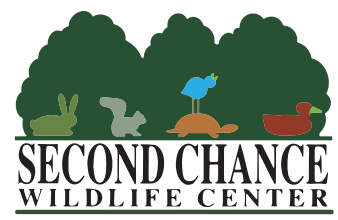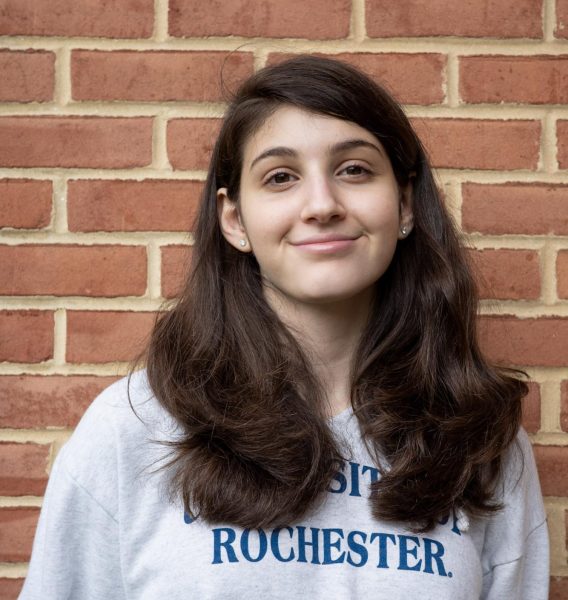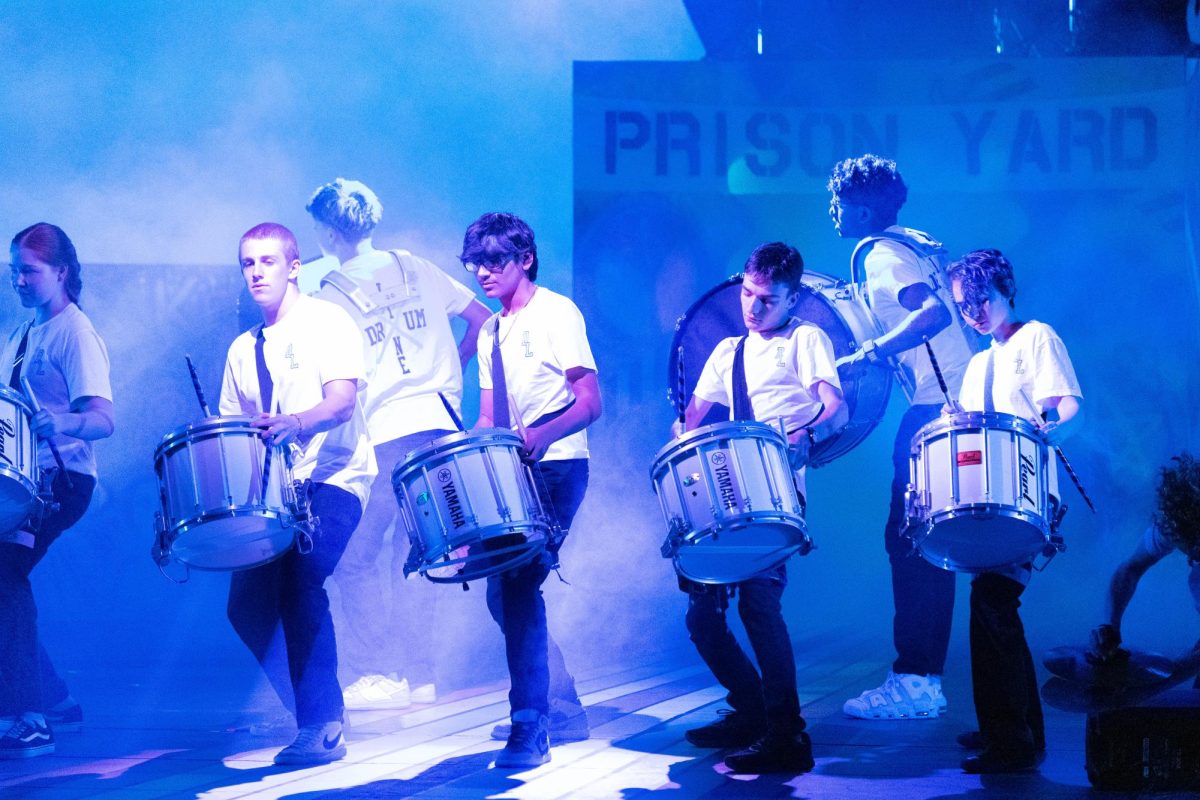Maryland wildlife rehabilitation center offers animals a “Second Chance” at life in the wild

Second Chance’s small team of staff and volunteers design a treatment plan for each animal and provide them with specialized care until they’re ready to transition back into the wild.
June 15, 2023
The blare of incoming phone calls echoes throughout a center for injured and ill wildlife. Staff and volunteers move about as they answer calls, clean cages, tend to animals and evaluate them. In a quiet room, a volunteer opens the door to an incubator where tiny baby birds wait, their eager mouths wide open for someone to feed them. Elsewhere, a staff member tends to a rabbit’s wounds and administers antibiotics.
At Second Chance Wildlife Rehabilitation Center, located in Gaithersburg, Maryland, staff and volunteers receive dozens of phone calls daily from Montgomery County residents who have found orphaned baby animals or wild animals suffering from a range of injuries and illnesses. Animals are usually brought to the center by residents and animal services officers advised by the Second Chance staff.
Once the animals arrive at the center, Second Chance’s small team of staff and volunteers design a treatment plan for each animal and provide them with specialized care until they’re ready to transition back into the wild.
Second Chance provides care to over 1,500 animals per year, with songbirds, squirrels, rabbits and opossums being some of their most frequent patients. The center — a non-profit organization that relies on donations and grants to operate — is one of the oldest and largest wildlife rehabilitation organizations in Maryland, according to Second Chance’s President Maureen Smith.
Smith worked for many years as a television executive in Los Angeles before moving to Maryland to lead the Animal Planet television program. She left the program soon after to bring her skills to non-profit wildlife organizations, such as the Jane Goodall Institute and the National Wildlife Federation.
In October 2018, she joined Second Chance, hoping to make an impact on the environment.
“I chose to work at Second Chance Wildlife Center because it enabled me to make a direct impact on wildlife here in our community and to see animals being cared for up close each and every day,” Smith said. “It’s incredibly rewarding and heartwarming.”
Smith is involved with the day-to-day operations, but she also has responsibilities related to fundraising, donor relations, marketing, finances and state and federal government filings.
Clinic Director Hannah Wilson has worked at Second Chance for five years. Her role involves overseeing volunteers, staff and inventory and evaluating animals as they arrive.
Wilson first knew she wanted to work with animals as a child — she always dreamed of becoming a dolphin trainer, she said.
Wilson worked in science labs throughout her college years and interned at the Georgia Aquarium. As she explored the different fields of biology, she quickly discovered that she wanted to work directly with animals.
“When I was at the aquarium, it was a really wonderful experience getting to work with these animals, but it was also hard knowing that they would never go back to the wild,” Wilson said. “That’s what really drew me to rehabilitation — knowing that our goal is always to return these animals back to the wild.”
As a wildlife rehabilitator, Wilson has plentiful knowledge about numerous species, the type of care they need and the criteria for their release. From the moment any animal arrives, clinical technicians examine and stabilize them as quickly as possible.
“Then we let them rest in a quiet dark space away from us, other animals and other disturbances,” Wilson said. “They can calm down and let their bodies start to heal.”
One to two days after someone brings them in, the staff creates a treatment plan, and they take the animal in to get X-rays and surgery or give it additional medications. Once the animals become stable and responsive to treatment, Wilson oversees their progress and works with the clinic veterinarians to aid in returning to life in the wild. The clinic staff first relocates animals into outdoor caging to acclimate to the weather before the team observes their behaviors outside.
“We watch them moving around, watching the foraging, hunting, doing those basic skills that any of them need to do while they’re out there,” Wilson said. “Then we can decide from there whether they’re ready.”
Lee Prouty began volunteering at Second Chance in 2001 after spending two years at a rehabilitation facility in Prince George’s County feeding birds and cleaning cages. She then took classes offered by national wildlife rehabilitation associations and applied for a wildlife rehabilitation permit, which allowed her to work more closely with animals.
When Prouty began volunteering at Second Chance, she fed baby birds and learned how to set up appropriate habitats for birds and mammals while they recovered. Assembling cages for animals requires specific knowledge about the species that will reside in that cage and what it needs to survive and heal. Volunteers that don’t have experience rehabilitating wildlife spend most of their time with housekeeping work like cleaning cages and equipment. When they do interact with the animals, they usually prepare meals and feed baby animals.
Having additional experience with wildlife rehabilitation allows Prouty to assist the veterinarians in examining the animals when they arrive at Second Chance as well as train staff and volunteers.
While working at the center can be taxing, seeing animals recover from injuries is extremely rewarding for Prouty.
“It made all that hard work pay off to see how happy the babies and even the adults were with clean water and fresh food,” Prouty said.
Prouty plans to retire from volunteering at Second Chance this year with the hope that younger people will continue to support wildlife rehabilitation.
In 2022, Second Chance announced their move to a new, larger custom-design facility in Clarksburg, Maryland after an anonymous donor made a large donation in late 2021. The new facility was scheduled to open earlier this year, but supply issues delayed the opening until 2024.
The new facility will be about two and a half times larger than their current facility. The best space for the warm and humid climate that amphibians and reptiles require is upstairs on the second floor.
“Imagine having to carry a 50-pound injured Snapping Turtle up a narrow flight of stairs,” Smith said. “Our new facility is all on one floor and has customized climate control in each room.”
The new location will help Second Chance’s staff overcome some of the challenges they face daily, such as not having enough cages to house animals and providing ideal habitats for different species. Wilson believes that even small things, like having a sink in every exam room, will help the staff and volunteers.
“Some wildlife rehabilitators focus only on one or two kinds of animals,” Smith said. “Each year we admit over 120 different species and our amazing clinic team has expertise in how to care for each.”







